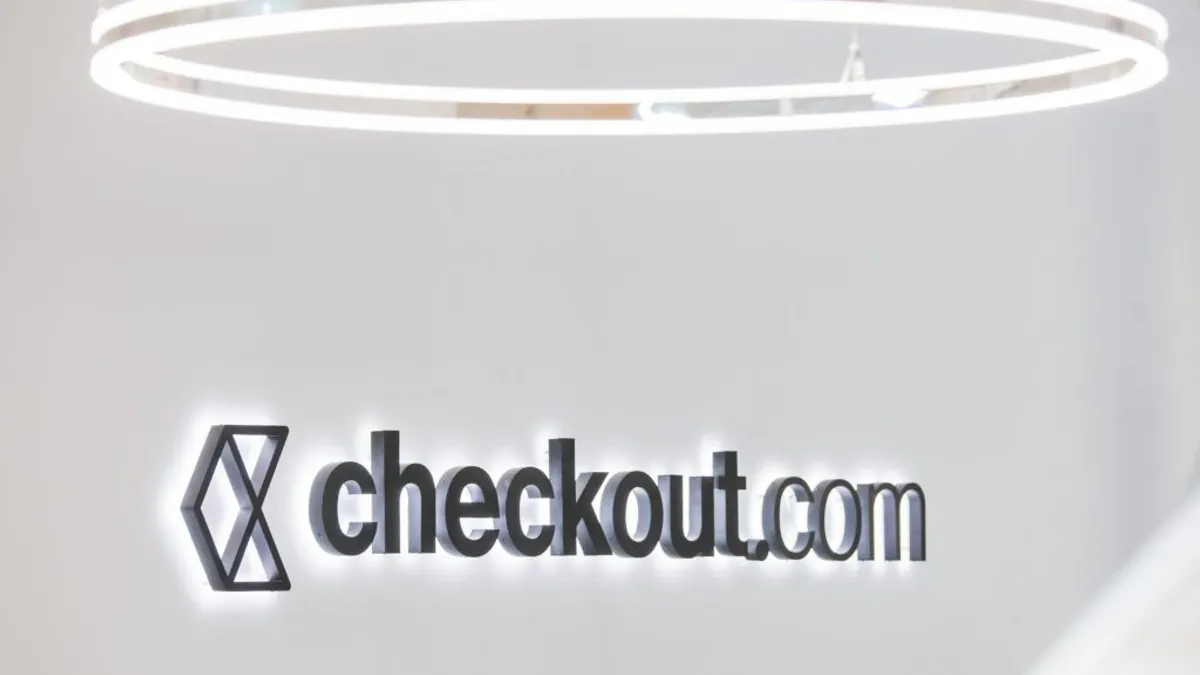The following is a contributed article from Matt Clark, president and COO of Corcentric. Opinions expressed are author's own.
P-Cards – purchasing cards, procurement cards, virtual cards, whatever you call them – have played an instrumental role in modernizing B2B payments for companies across the globe. You could even say they were the first step in many companies’ digital finance transformation efforts. Their basic concept is compelling: less paperwork, more control over spending, a network of partners to access, actionable data, and so on.
In my line of work in payments solutions, my colleagues and I use P-Cards daily. We actually use checks and an automated clearing house (ACH) more, though, because many of the companies we work with prefer those methods. At the end of the day, the form of payment comes down to the suppliers’ preferred method – and that’s where P-Cards fall short; they’re not designed with the supplier in mind.
Persuading suppliers to participate in a P-Card program is an uphill battle for middle market companies with limited resources. Even if you get a supplier to sign on, the process won't succeed if the company's not equipped with the required systems. The result will be a lopsided, friction-laden process that leads to payment errors, delayed payments, higher fees and higher operating costs.
B2B companies have their own processes for how they want to pay and be paid. An AFP study found the primary driver for companies to convert from manual-based processes to e-payments is to increase efficiency over cost reduction and fraud prevention. When considering the time spent on writing, mailing, collecting, and reconciling paper checks, it’s easy to see how much more efficient electronically transmitting payments can be.
Europe has been ahead of the game for years by doing away with paper checks and shifting toward the Single Euro Payments Area (SEPA). The U.S. is lagging, and it shows in our data; almost half of finance departments still receive invoices by fax. The fax machine is not the only old-world technology these departments use; 80% also pay suppliers with paper checks.
The increased adoption of e-payments in recent years in the U.S. comes as a result of changing consumer behavior and expectations. At home, we’re using online banking and mobile apps to send money and pay bills. Now, people expect that same technology to be used at the business level. Companies that want to compete are playing catch-up, resulting in hastily implemented P-Card programs.
As a result, the benefits of a P-Card program are sometimes lost in a poorly executed adoption plan. This can lead to a number of problems:
-
Management not coming up with a supplier-enablement strategy, leading to roadblocks for supplier adoption and the implementation of e-payable solutions.
-
A lack of guidelines provided to employees on how, when and where to use the card. In these instances, some employees will find a way to use the card correctly, others will go rogue, which leads to dark purchases and increased company spend, and the rest simply won’t use the card.
-
Finance teams not integrating the cards with their accounting and expense management systems. This is a poor use of valuable data that could otherwise reveal growth opportunities and strengthen control over card use among employees.
By innovating on existing fintech solutions to address these types of problems, companies on both sides of the transaction will have greater access to data that leads to increased cash flow, lower purchasing fees, timely payments and an overall streamlined payments operation that increases working capital.
A lot of work remains to be done to cut down on paper-based transactions, speed up payments and create these operational efficiencies. However, until we see widespread adoption of e-payments, companies need to remain nimble. At the end of the day, the goal is to identify a process that handles 100% of disbursements and can distribute payments through all forms, whether it’s P-Cards, ACH, or even a paper check.












